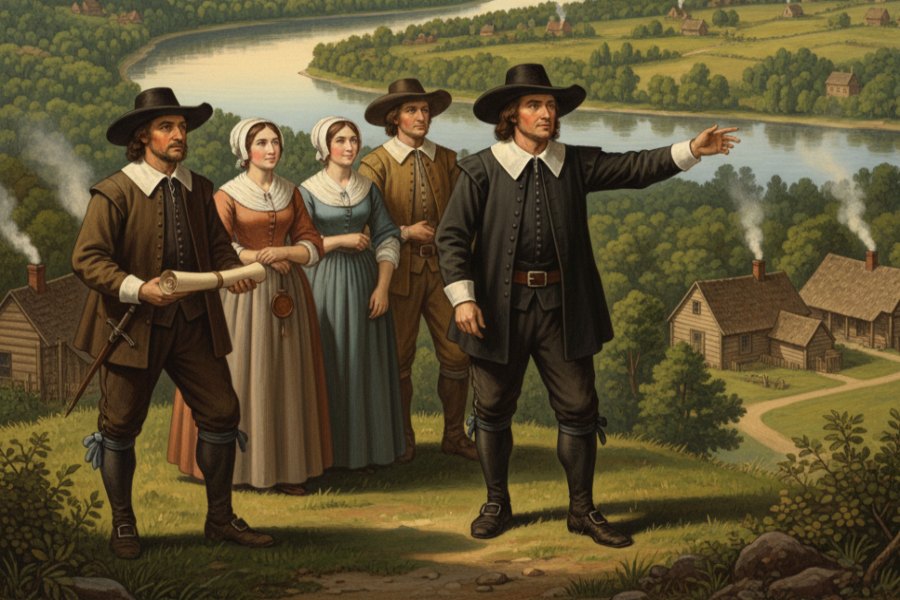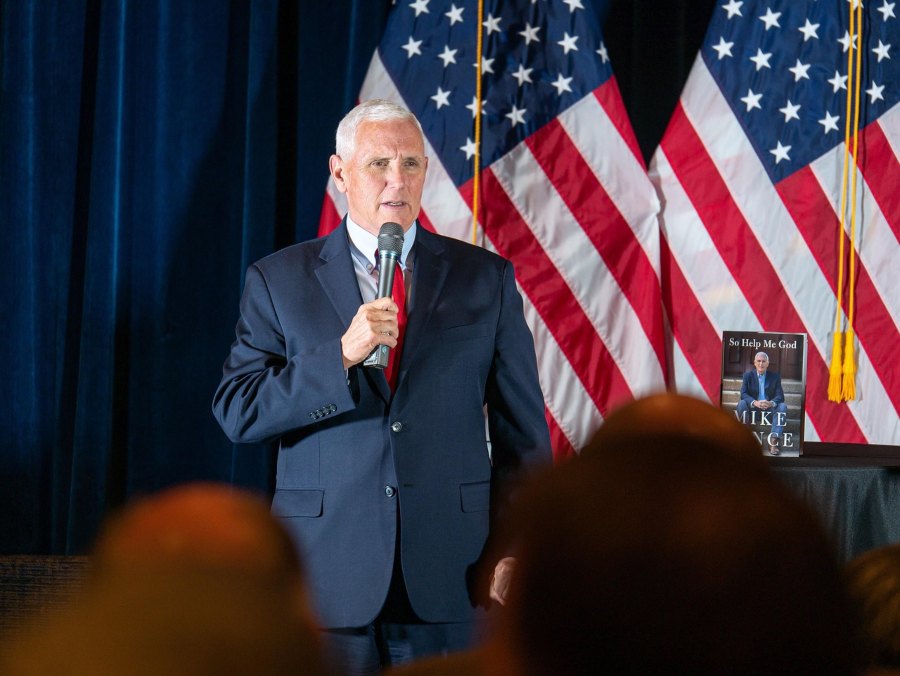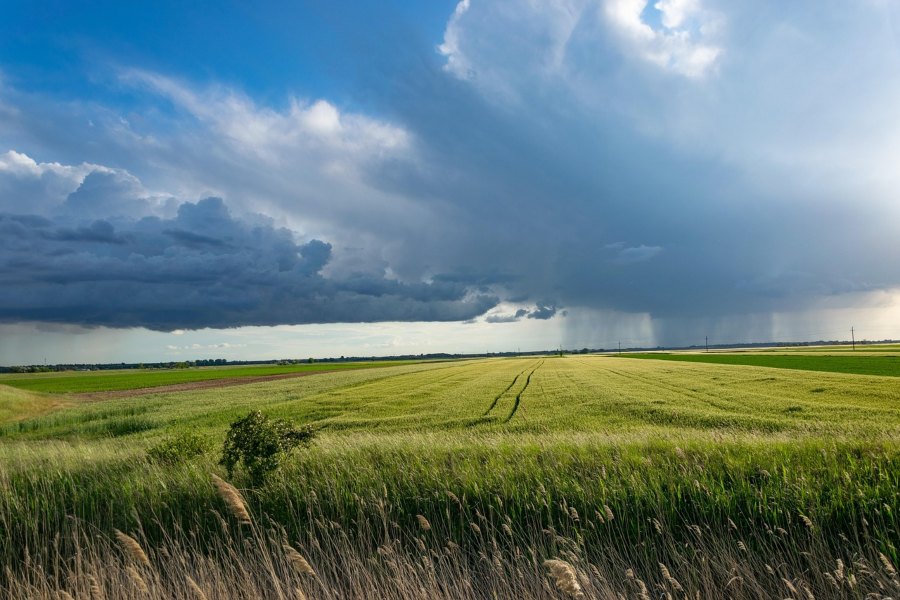
The founding of the Connecticut Colony represents a pivotal chapter in early American history, embodying the restless spirit of Puritan settlers who sought not just survival but a redefined way of life in the New World. Established in the mid-17th century amid the broader wave of English colonization, Connecticut emerged from tensions in neighboring Massachusetts, driven by desires for greater religious liberty, political independence, and economic prosperity. But why exactly was the Connecticut Colony founded? This question uncovers layers of ideological conflict, ambitious leadership, and pragmatic needs that shaped one of the original 13 colonies.
In this blog post, we’ll explore the multifaceted reasons behind its creation, drawing on historical accounts to paint a vivid picture of the era. From the Puritan exodus to the drafting of groundbreaking governance documents, Connecticut’s story is one of innovation and resilience. As we delve into its origins, we’ll see how these early decisions influenced the trajectory of American democracy. Whether you’re a history buff or simply curious about colonial roots, this exploration reveals how a small group of dissenters planted the seeds for a state known today as the “Constitution State.”
Historical Context of Colonial America
The Puritan Migration to New England
The early 17th century saw a massive influx of English Puritans to North America, fleeing religious persecution under King Charles I and the Church of England. Puritans, a faction within Protestantism, aimed to “purify” the church of Catholic remnants, emphasizing strict moral codes and direct interpretation of the Bible. The Massachusetts Bay Colony, founded in 1630 under Governor John Winthrop, became a beacon for these migrants, attracting thousands who envisioned a “city upon a hill” as a model Christian society.
By the 1630s, however, the rapid population growth in Massachusetts—swelling to over 20,000 settlers—created strains. Land near Boston was scarce, and the fertile valleys along the Connecticut River beckoned as an alternative. Reports from explorers like John Oldham highlighted abundant resources, including beaver pelts for trade and rich soil for farming. This migration wasn’t merely opportunistic; it was rooted in deeper ideological rifts that would propel the founding of new colonies like Connecticut.
Challenges in the Massachusetts Bay Colony
Life in Massachusetts was far from idyllic. Strict governance under Winthrop enforced religious conformity, limiting voting rights to church members—a policy that alienated many. Dissenters faced banishment, as seen with figures like Roger Williams, who founded Rhode Island after expulsion. Overcrowding exacerbated economic pressures, with families struggling for arable land. Political squabbles, such as those between Winthrop and Deputy Governor Thomas Dudley over administrative decisions, highlighted growing discontent.
These challenges set the stage for migration. Pastors like Thomas Hooker, preaching in Newtown (modern Cambridge), Massachusetts, clashed with the colony’s leaders over the narrow franchise. Hooker advocated for broader participation in government, believing that authority derived from the consent of the governed rather than divine right through church elders. By 1635, petitions to leave for Connecticut gained traction, despite initial resistance from Massachusetts authorities fearing fragmentation of Puritan unity.
The Primary Reasons for Founding Connecticut
Quest for Religious Freedom and Tolerance
At its core, the Connecticut Colony was founded as a haven for Puritans dissatisfied with Massachusetts’ rigid theocracy. While both colonies shared Puritan roots, Connecticut’s settlers sought a more tolerant religious environment. Thomas Hooker, a prominent minister, disagreed with John Cotton’s views in Massachusetts that only full church members should vote or hold office. Hooker believed in separating church and state to some degree, allowing non-church members greater civic involvement.
This quest wasn’t about abandoning Puritanism but refining it. Settlers aimed to create communities where faith guided life without the oppressive oversight seen in Boston. The fertile Connecticut River Valley offered a fresh start, free from the doctrinal disputes that plagued Massachusetts. Historical records show that by 1636, Hooker’s congregation migrated en masse, driven by these ideals. This move symbolized a broader Puritan diaspora, where religious autonomy trumped loyalty to established colonies.
Pursuit of Political Autonomy and Democracy
Political independence was another key driver. In Massachusetts, the General Court centralized power, often at the expense of local voices. Connecticut’s founders envisioned a more democratic system, where freemen elected leaders annually and governance reflected popular will. This aspiration culminated in the Fundamental Orders of 1639, often hailed as the first written constitution in Western history.
The desire for autonomy stemmed from practical grievances: land disputes and taxation without adequate representation. Settlers like Roger Ludlow, a lawyer from Massachusetts, played crucial roles in framing these new structures. By establishing self-rule, Connecticut avoided the hierarchical pitfalls of its parent colony, fostering a sense of empowerment that attracted more migrants. This political experimentation laid groundwork for later American ideals of self-governance.
Economic Opportunities and Land Expansion
Economic factors were equally compelling. Massachusetts’ coastal focus limited agricultural expansion, while Connecticut’s river valleys promised bountiful harvests and trade routes. Beaver fur trade with Native Americans was lucrative, and early explorers noted resources like hemp and graphite. The Dutch had already established posts, but English settlers saw potential to dominate the region.
Land scarcity in Massachusetts pushed families westward. With populations booming, young men sought homesteads to support growing households. The 1636 migration included driving 160 cattle through wilderness, underscoring the economic stakes. This blend of opportunity and necessity transformed Connecticut from a frontier outpost into a thriving colony, blending farming, trade, and craftsmanship.
Key Figures in the Founding
Thomas Hooker: The Visionary Leader
No figure looms larger in Connecticut’s founding than Thomas Hooker. Born in 1586 in Leicestershire, England, Hooker studied at Cambridge and became a renowned preacher, fleeing to Holland to escape persecution before arriving in Massachusetts in 1633. His sermons emphasized congregational independence and lay participation, clashing with Winthrop’s vision.
In 1636, Hooker led about 100 followers to Hartford, enduring a grueling journey. He preached the colony’s first sermon under an oak tree, advocating for government by consent. Hooker’s influence extended to the Fundamental Orders, where his ideas on limited authority shaped the document. Often called the “Father of Connecticut,” his legacy endures in the state’s democratic ethos.
John Haynes and Other Influential Settlers
John Haynes, a wealthy Englishman and former Massachusetts governor, partnered with Hooker in the migration. Elected Connecticut’s first governor in 1639, Haynes alternated terms with Edward Hopkins, establishing a tradition of balanced leadership. His administrative skills helped stabilize the fledgling colony.
Other notables included Samuel Stone, who named Hartford after his English hometown, and Roger Ludlow, drafter of the Fundamental Orders. John Oldham’s exploratory trips paved the way for Wethersfield. These men, drawn from Massachusetts’ elite, brought expertise in law, theology, and trade, ensuring the colony’s viability amid hardships.
The Establishment of Early Settlements
Windsor, Wethersfield, and Hartford
Connecticut’s early settlements formed the colony’s core. Windsor, established in 1633 as a Plymouth Colony trading post, became the first English town. Wethersfield followed in 1634, founded by Oldham’s group for farming. Hartford, settled in 1636 by Hooker’s party, quickly became the hub.
These towns united under the Fundamental Orders, creating a cohesive entity. Each offered strategic advantages: Windsor’s river access for trade, Wethersfield’s fertile plains, and Hartford’s central location for governance. By 1637, the population neared 800, with families building homes, churches, and mills.
The Role of the Dutch and Native Americans
Dutch explorers like Adriaen Block mapped the area in 1614, claiming it for New Netherland and establishing Fort Good Hope in 1633. However, English encroachment led to tensions, resolved when Connecticut seized the fort in 1653.
Native tribes, including the Pequot and Mohegan, initially traded with Europeans but faced displacement. Alliances shifted; the Mohegan aided English in wars. These interactions were double-edged, providing resources but sparking conflicts that defined early colonial dynamics.
Conflicts and Challenges in the Early Years
The Pequot War
The Pequot War (1636-1638) was Connecticut’s baptism by fire. Triggered by trade rivalries and murders like Oldham’s, it pitted settlers against the powerful Pequot tribe. In 1637, Captain John Mason led a raid on a Pequot village at Mystic, massacring hundreds in a brutal assault.
The war ended with the Treaty of Hartford, dissolving the Pequot nation and redistributing their lands. This victory opened the valley for expansion but set a precedent for violent Native relations. Casualties were high, but it solidified English dominance.
Relations with Neighboring Colonies
Connecticut navigated rivalries with Massachusetts, Rhode Island, and New Netherland. Border disputes persisted, resolved through negotiations. The New England Confederation of 1643 allied Connecticut with others for defense against Native threats and Dutch incursions.
Absorbing Saybrook in 1644 strengthened its position, while tensions with New Haven delayed merger until 1665. These relations fostered regional cooperation amid competition.
Governance and the Fundamental Orders
Drafting the First Written Constitution
Adopted on January 14, 1639, the Fundamental Orders unified the river towns under a General Court elected by freemen. Drafted likely by Ludlow with Hooker’s input, it outlined annual elections, a governor’s term limits, and legislative powers.
Unlike charters, it derived authority from the people, not the king, marking a radical step toward self-rule. This document governed until the 1662 charter.
Impact on American Democracy
The Orders influenced the U.S. Constitution, emphasizing checks and balances and popular sovereignty. Connecticut’s “Constitution State” nickname stems from this innovation. It expanded voting beyond church members, promoting inclusivity that echoed in later federal systems.
Expansion and Merger with New Haven
Absorbing Saybrook and New Haven Colonies
Saybrook, founded in 1635 under the Warwick Patent, was sold to Connecticut in 1644 due to English Civil War disruptions. New Haven, established in 1638 by John Davenport for a strict theocracy, resisted merger but joined by 1665 after the charter’s land claims and fears of New York rule.
This consolidation created a unified colony with diverse towns.
Obtaining the Royal Charter
In 1662, Governor John Winthrop Jr. secured a royal charter from Charles II, granting broad autonomy and vast territories. This charter, hidden in the Charter Oak during 1687 attempts to revoke it, endured until 1818. It affirmed Connecticut’s self-governing status.
Legacy of the Connecticut Colony
Contributions to the American Revolution
Connecticut supplied troops and resources during the Revolution, earning the “Provision State” moniker. Leaders like Jonathan Trumbull supported independence, and the colony signed the Declaration in 1776.
Its democratic traditions inspired revolutionary ideals.
Modern Connecticut: Echoes of the Past
Today, Connecticut honors its roots through sites like Hartford’s Hooker statue and the Fundamental Orders’ influence on state governance. Economic hubs trace back to colonial trade, blending history with modernity.
Conclusion
The Connecticut Colony was founded amid a quest for religious, political, and economic freedom, spearheaded by visionaries like Thomas Hooker escaping Massachusetts’ constraints. From humble settlements to a chartered powerhouse, its story underscores American ingenuity. Understanding these origins illuminates how early struggles forged a nation committed to liberty and self-determination. As we reflect on why Connecticut was founded, we see timeless lessons in pursuing a better society.




